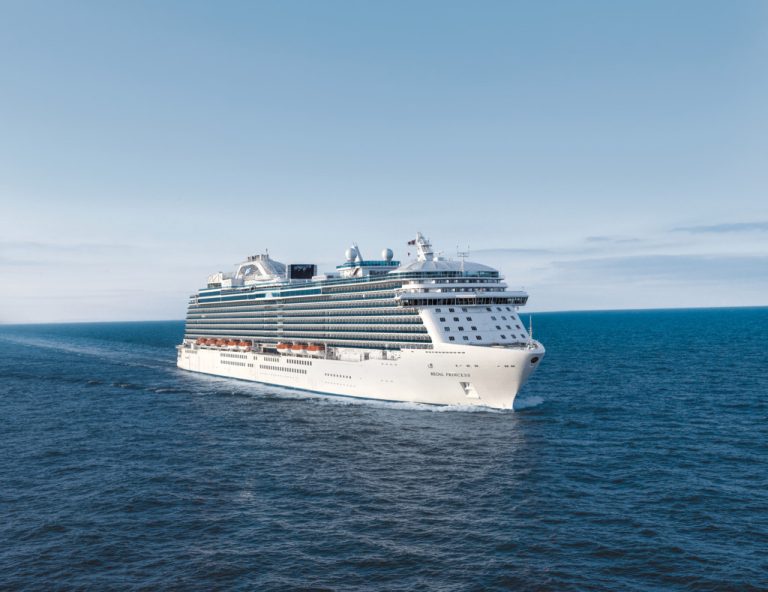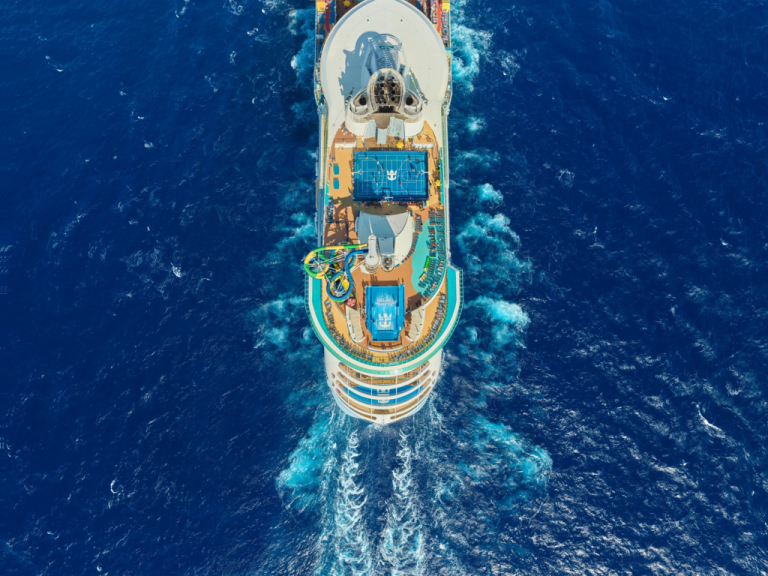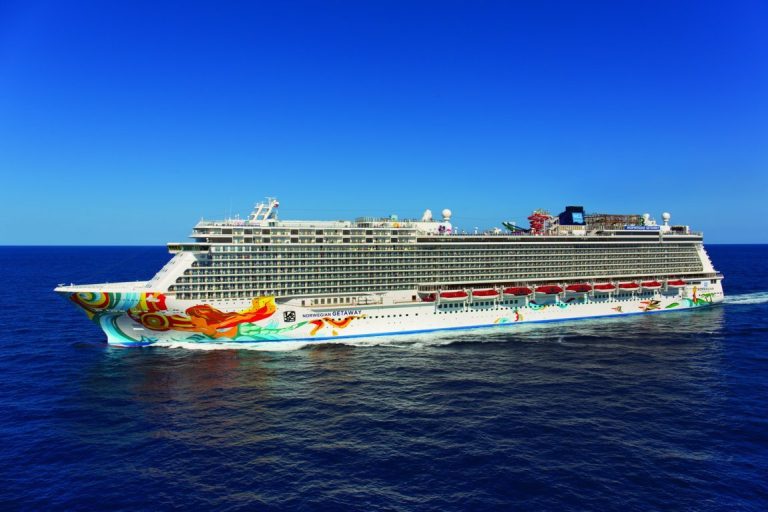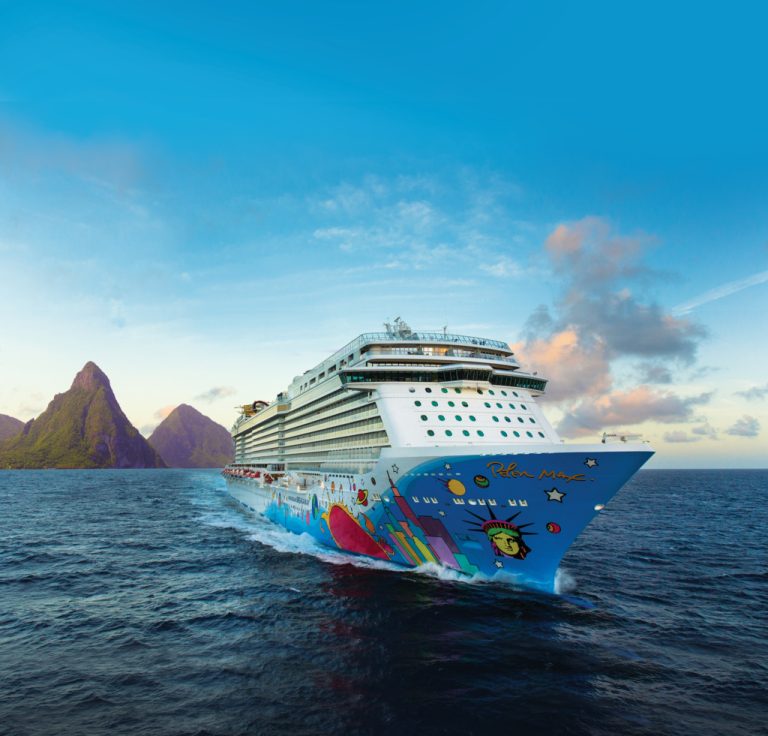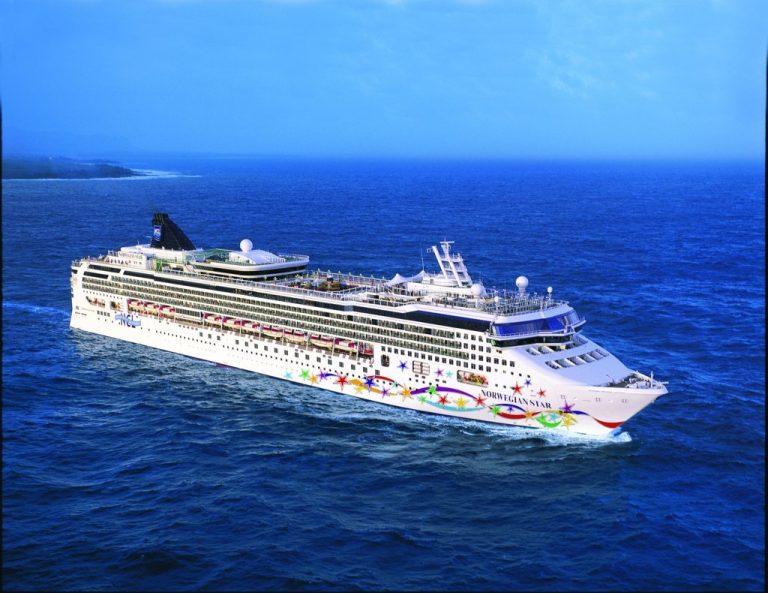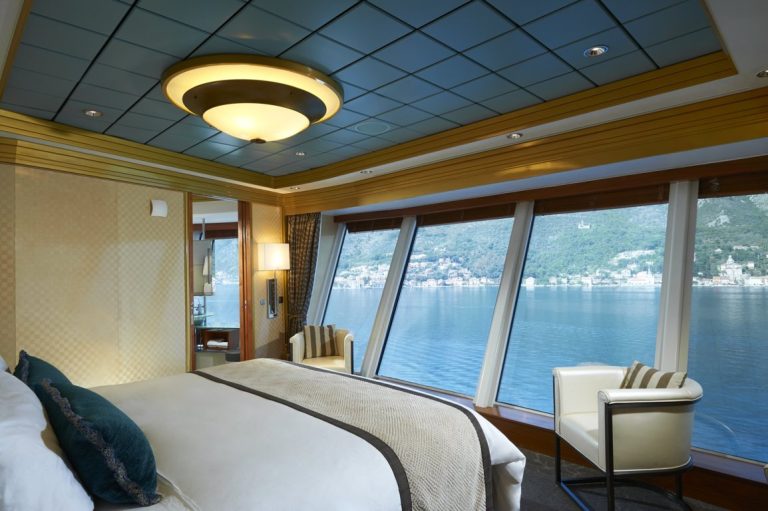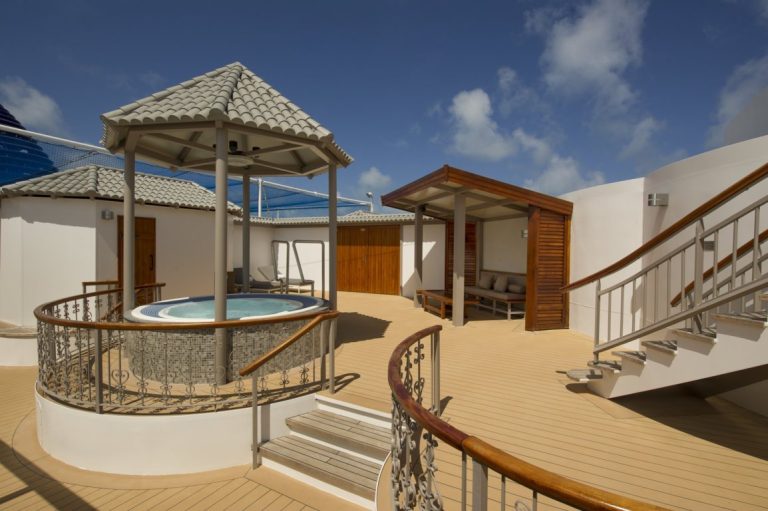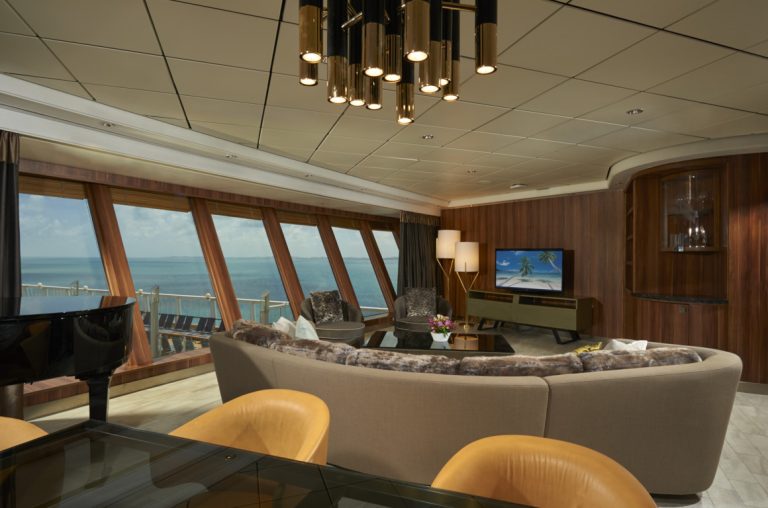Behind the Scenes of Cruise Ships Refitting
Keeping a cruise ship in peak operating condition—constantly updated with the latest technological advancements and equipped with cutting-edge guest attractions in public areas—is no small task. This is why cruise ships undergo periodic refits, which usually take place when the vessel is dry-docked. However, this isn’t always the case; when necessary, certain types of work can also be carried out while the ship remains afloat and moored at the pier.
International regulations require that a ship be dry-docked for routine maintenance at least once every five years. This procedure allows for the renewal of all class certificates. During standard dry-docking, the hull is repainted with antifouling coating, worn-out carpets and chairs onboard are replaced, and routine maintenance is performed on all systems. Such an operation typically requires the ship to be out of service for ten to fifteen days.
RegalPrincess
Freedom ots
The operational life of a cruise ship can reach up to forty years: typically twenty to twenty-five years with the original owner, followed by another ten to fifteen years with new operators who purchase the vessel on the secondhand market. Therefore, over the course of its operational lifespan, routine dry-docking alone is not sufficient—extraordinary interventions are also necessary to keep a ship up to date from a technical, regulatory, and hospitality perspective.
Let’s take a look behind the scenes at some of the work carried out on our beloved cruise ships when they are out of sight.
All of the essential systems that keep a ship functioning are usually located below the waterline, and in the event of a failure, the vessel must be dry-docked to allow for repairs or replacement of the damaged equipment. In the dry dock, components such as propellers, bow thrusters, azipods, and stabilizers can be repaired or replaced—and even the main engines, if necessary. How? It’s a highly complex procedure that requires a precise, surgical opening of the hull to allow for the removal of the engine, once all obstructing cables and pipelines have been disconnected. After the old engine is extracted (often using the gantries present in the engine room), the new one is installed. All the system connections are then reassembled, and the hull is sealed. A similar operation was recently carried out by Damen at their Rotterdam shipyard on one of the four main engines of the Regal Princess from Princess Cruises.
Another important operation performed during dry-docking is what is known as “retrofitting,” which involves installing or upgrading onboard systems to ensure the ship remains compliant with the latest regulations and environmental standards. Examples include the installation of scrubbers, which reduce pollutants emitted from the smokestacks, and preparations for cold ironing—enabling the ship to connect to shore-side power in port and shut down its engines, resulting in significant environmental benefits.
NCL GTWY
Norwegian Breakaway
As for the retrofitting that brought scrubbers on board, nearly all cruise lines have invested in these systems over the past fifteen years. For example, Costa Cruises and MSC Cruises—just to name two major Italian operators. Other companies, such as Norwegian Cruise Line, took advantage of the global shutdown of passenger fleets at the onset of the pandemic to install scrubbers on Norwegian Breakaway and Norwegian Getaway (the before-and-after photos clearly show the change, as both ships now feature noticeably bulkier funnels). Royal Caribbean International, on the other hand, chose a different approach: ten years ago, in order to avoid the revenue loss associated with docking, they installed scrubbers on the Freedom of the Seas while she was still in service. For several months, workers carried out the operation discreetly, doing their best not to disturb passengers—who hopefully barely noticed anything, apart from the gradual transformation of the ship’s funnel, which also grew larger over time.
Regarding retrofitting for cold ironing capability, a good example is the Renaissance of CFC, which earlier this year was taken out of service for two months in order to carry out, among other things, this specific upgrade.
However, the most expensive and high-profile interventions are those aimed at modernizing public areas to bring older ships up to the standards of new builds across all cruise lines. This is a highly complex process that often involves demolishing parts of the hotel areas—or in some cases, almost the entire interior layout—as happened in 2013 during the refit of Carnival Destiny by Fincantieri in Trieste. The renovation was so extensive that virtually nothing remained of the original interiors designed by Joe Farcus. Once the work was complete, the ship was even renamed Carnival Sunshine to symbolize a break from the past (unfortunately).
Norwegian Star
norwegianstar-three-bedroomgardenvilla-bedroom
In these cases, however, the primary ambition of all shipowners is to increase the number of cabins in order to make older ships more economically efficient. The list of such projects includes almost every cruise line—it would be impossible to name them all. Of course, while these operations benefit the financial performance of cruise brands, they often come at the expense of onboard livability, which can be compromised. A notable example is the Norwegian Star and Norwegian Dawn, both of which saw their beautiful forward panoramic lounges replaced by a large number of additional cabins.
Royal Caribbean Group, on the other hand, has heavily invested in upgrading its older vessels to match the standards of its newer ones. Through the Royal Caribbean International brand, a multi-million-dollar fleet “amplification” program was launched, involving all older ships, including the first two units of the “Oasis” class. Meanwhile, Celebrity Cruises, upon launching the “Solstice” class, went on to “Solsticize” its earlier “Millennium” class ships. Now, it has just announced that it will do the same with the “Solstice” class vessels (which have surpassed 15 years of operational life), bringing them in line with the brand-new “Edge” class ships.
But without a doubt, the most spectacular and complex operation one can witness in a dry dock is the lengthening of a cruise ship. And in this field, we Italians are second to none, thanks to the skilled workforce of Fincantieri’s Palermo shipyard, which has often taken center stage in these highly precise interventions. Who could forget the “Renaissance” program, which saw the four Lirica-class ships of MSC Cruises lengthened in the large Palermo dry dock, followed later by the Silver Spirit of Silversea Cruises.
norwegiandawn-three-bedroomgardenvilla-terrace-staterooms
norwegiandawn-three-bedroomgardenvilla-livingroom-staterooms
The images coming from Palermo are by far the most spectacular in this sector: first, the new section of the ship was built on the slipway; then, once the vessel was in dry dock, it was cut in half. One of the sections was slid away on large transporters to create space. Next, the new midsection was rotated and positioned precisely between the two original halves. Finally, the welding process began, along with the reconnection of all systems—pipes, ducts, cables, and so on. The last phase was dedicated to the interior outfitting. But how long did it all take? About three months of downtime for the ship, not including the time needed to construct the new midsection.
There are several dry docks around the world, but only a few are large enough to accommodate today’s biggest cruise ships—and even fewer possess the technical know-how required to work on passenger vessels. As a result, most of this activity takes place in Southern Europe. Marseille, Cádiz, Palermo, and Trieste are among the major hubs. The world’s largest cruise market—the Caribbean—currently lacks fully equipped facilities of this kind, meaning cruise ships still need to cross the Atlantic Ocean for both routine and extraordinary maintenance. However, that’s about to change: the Grand Bahama Shipyard is preparing to add two large floating dry docks to its arsenal.
Dry docks can be either fixed (in masonry) or floating, with the ship literally “lifted” once it enters the operational area. However, this floating solution presents challenges when it comes to lifting equipment, especially when high-altitude work is needed—such as the installation of large, prefabricated sections on a vessel.
This has been just a small glimpse into the world of cruise ship repairs—an industry that generates thousands of jobs and fuels the blue economy in the regions where these facilities are located.
Don’t miss out on news, updates, and cruise reviews on Cruising Journal, with photos, videos, and cruise deals!

